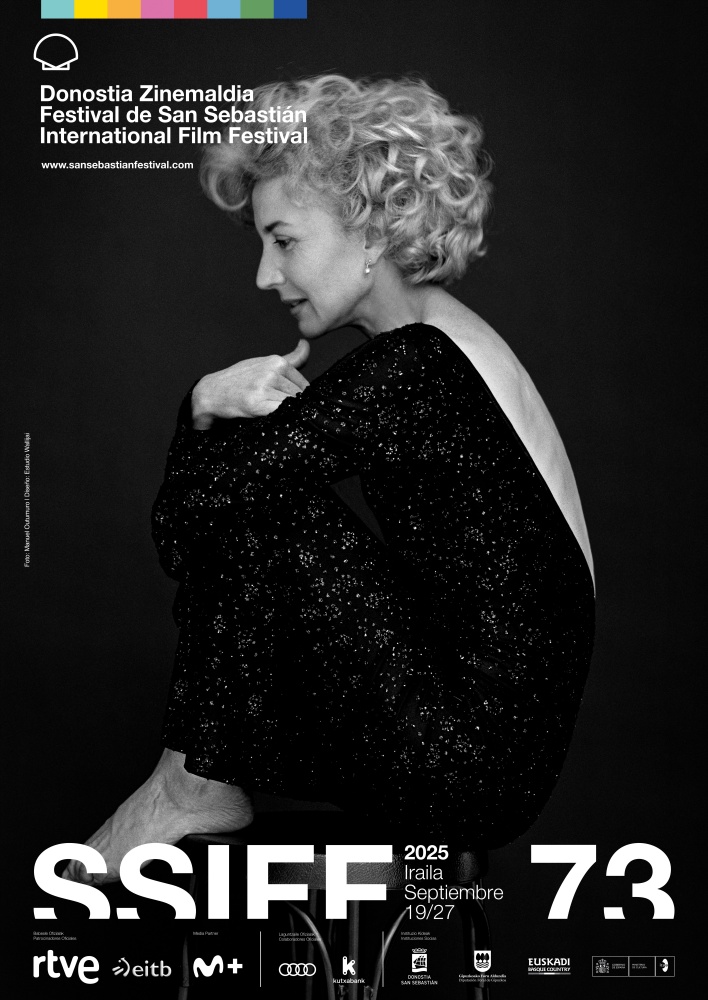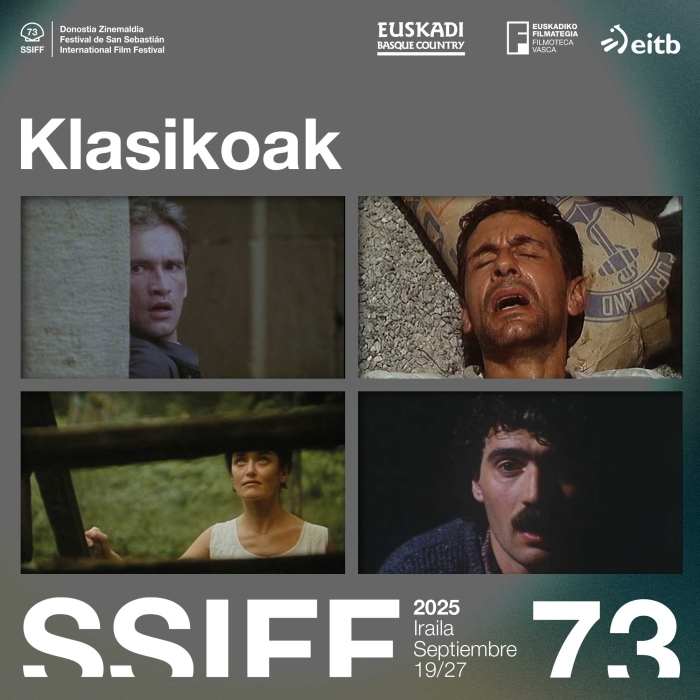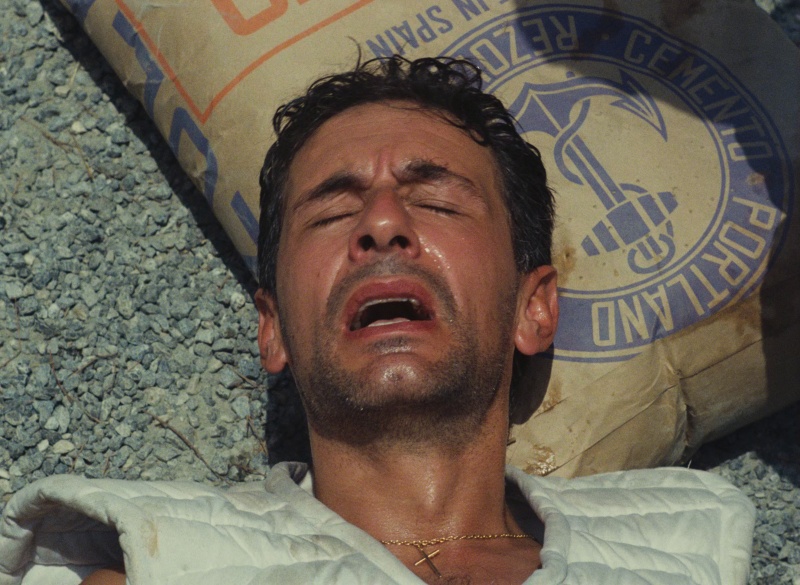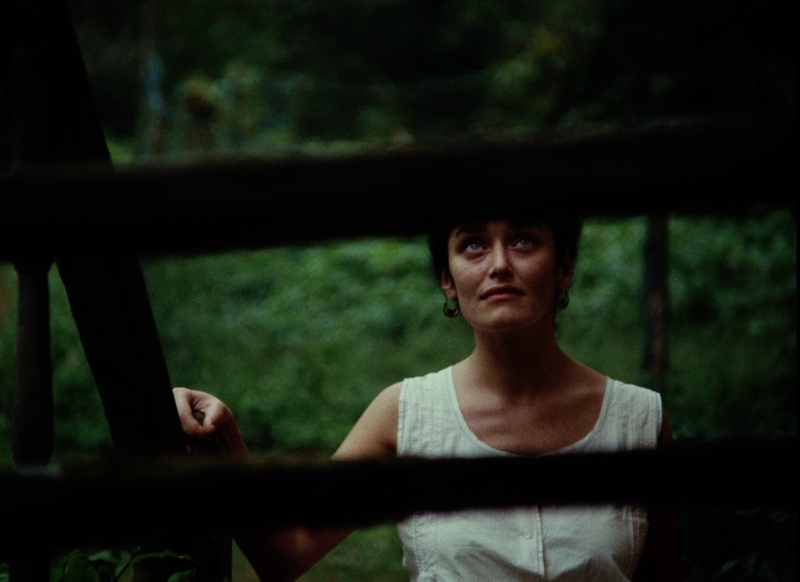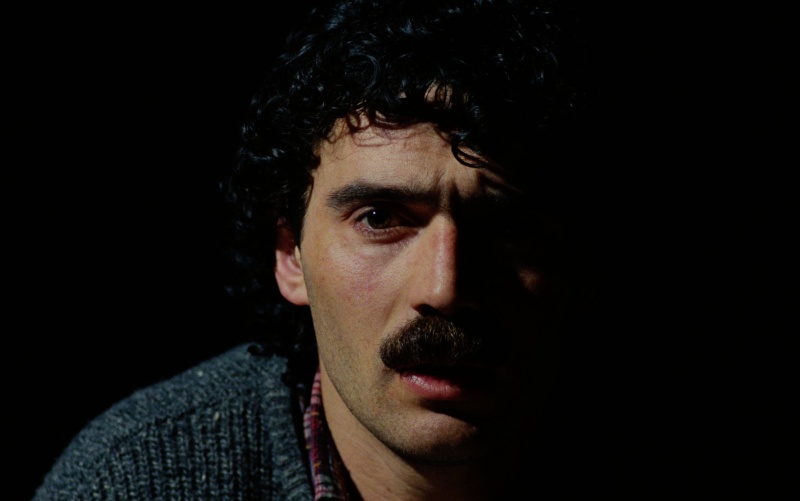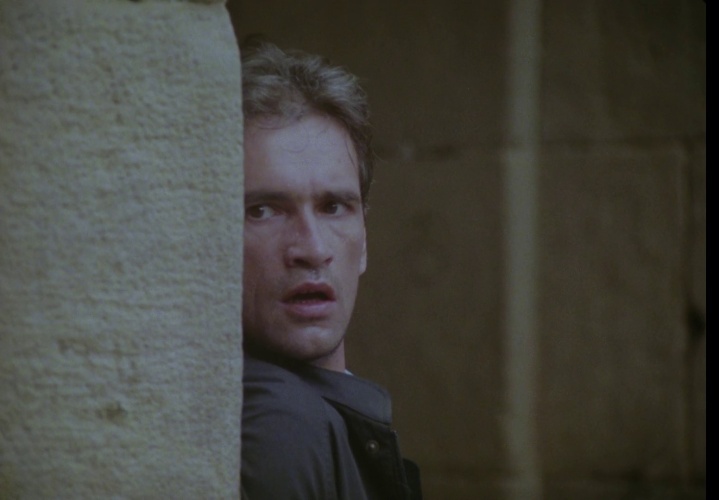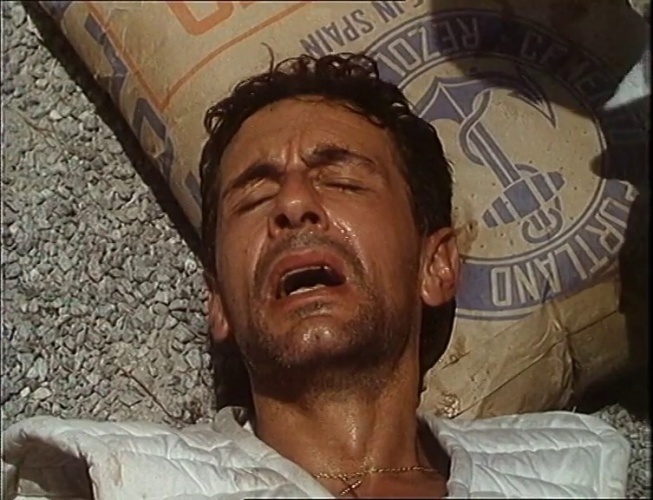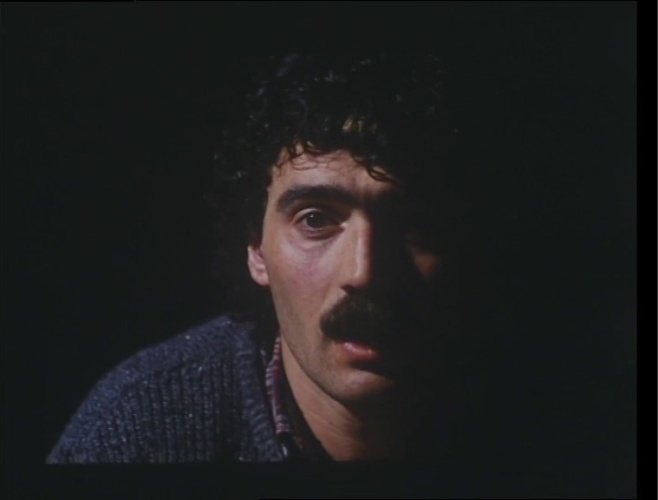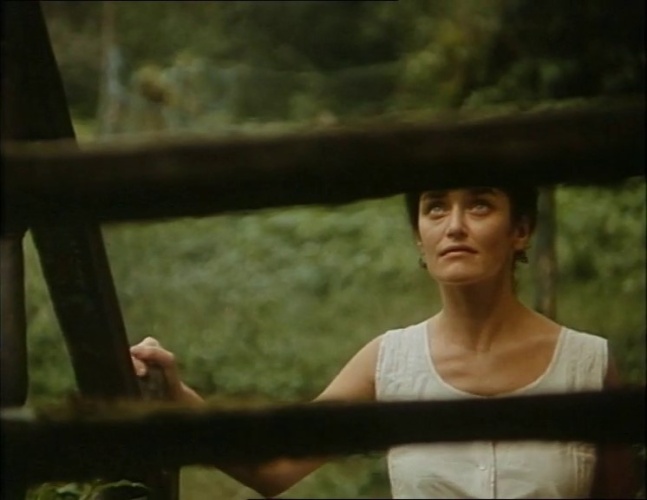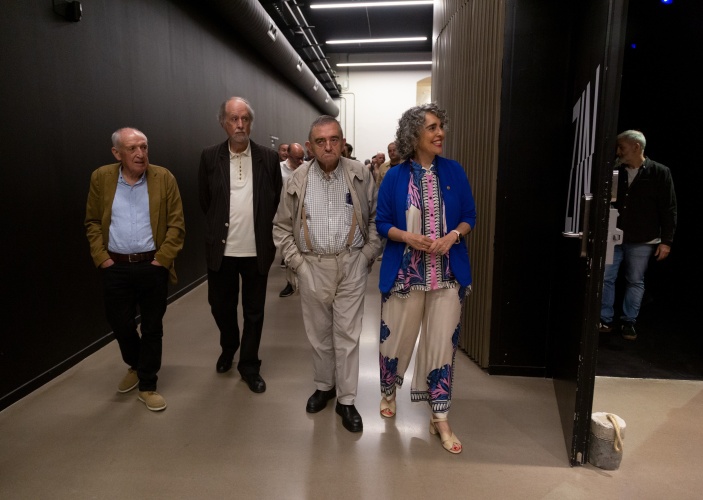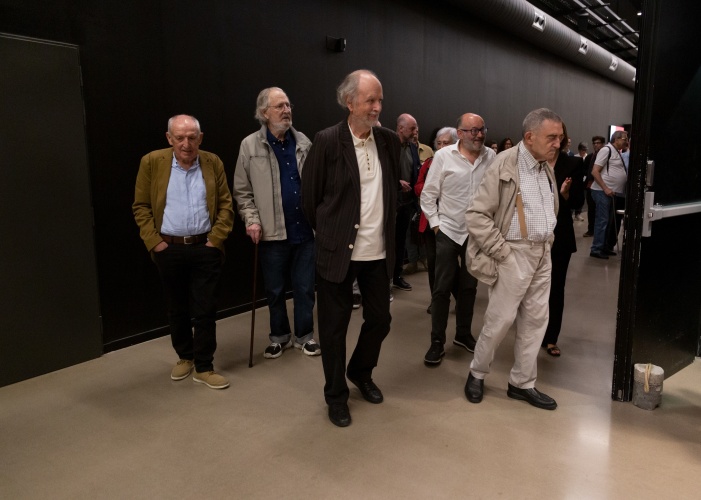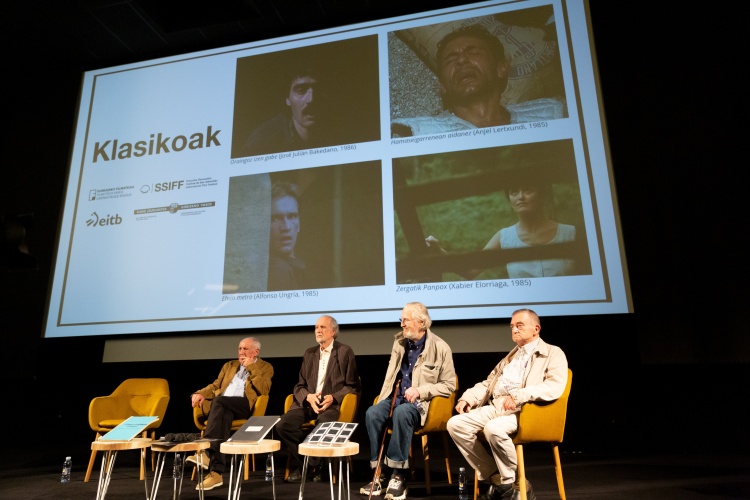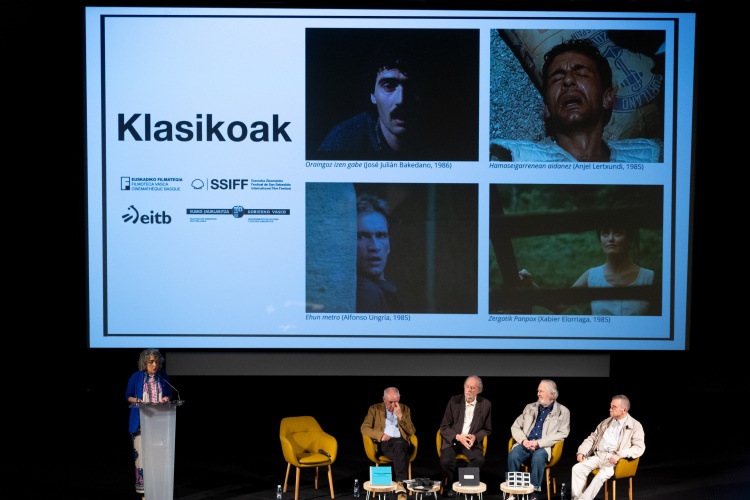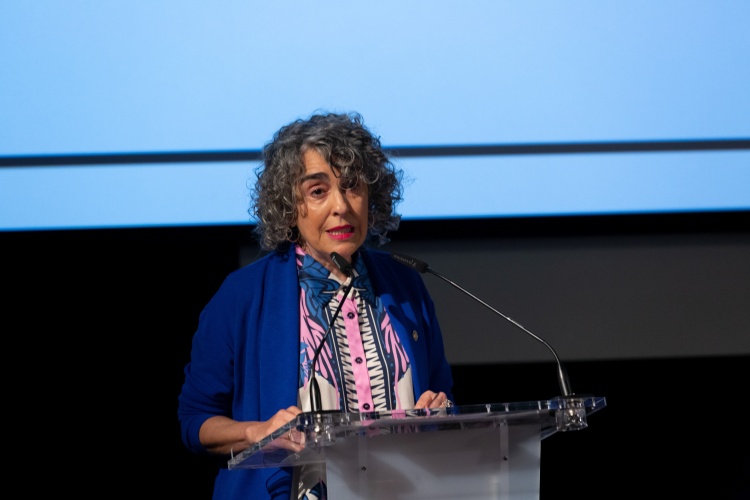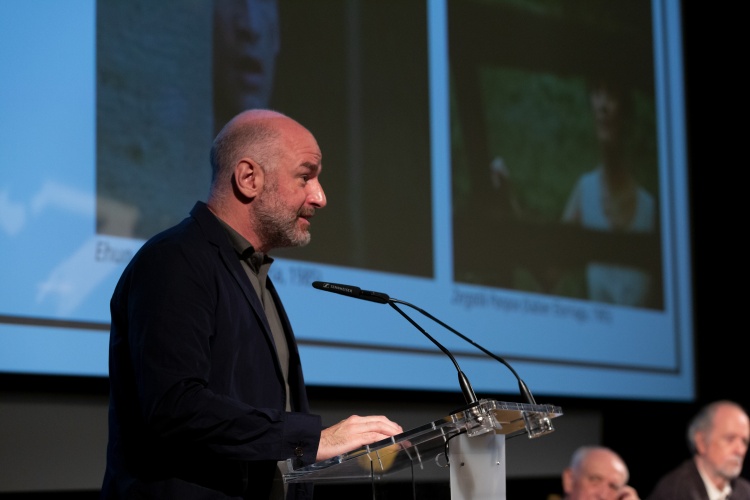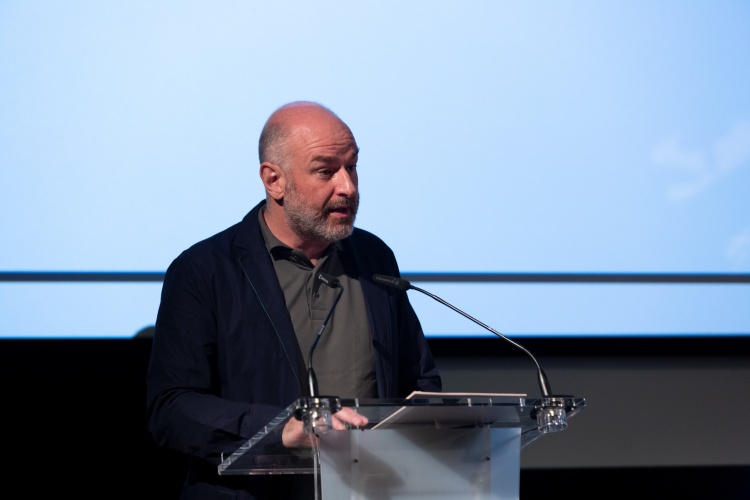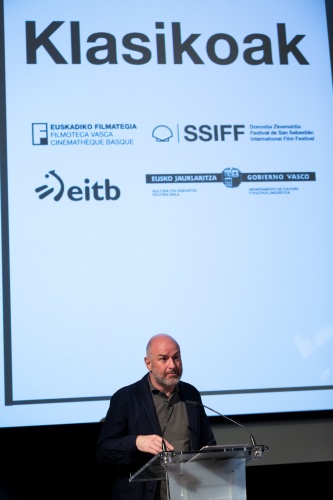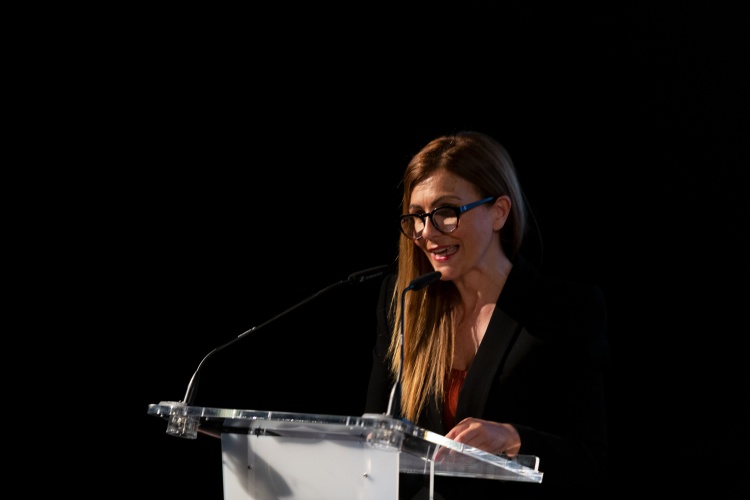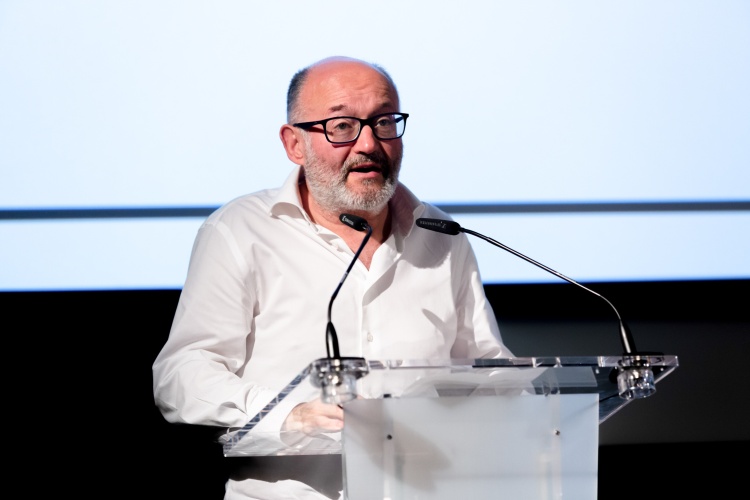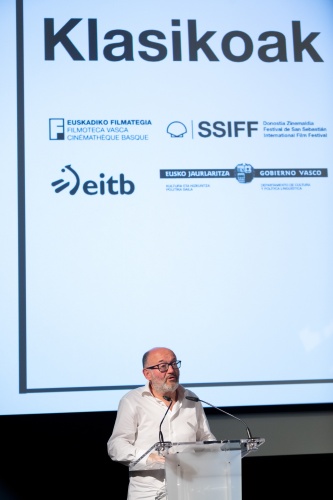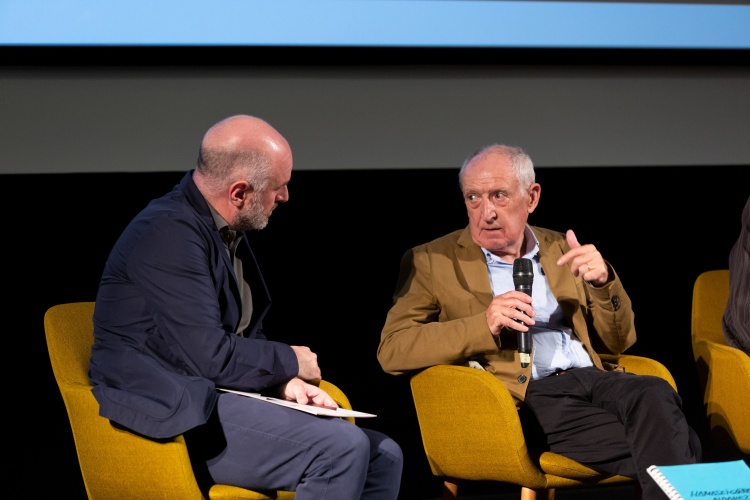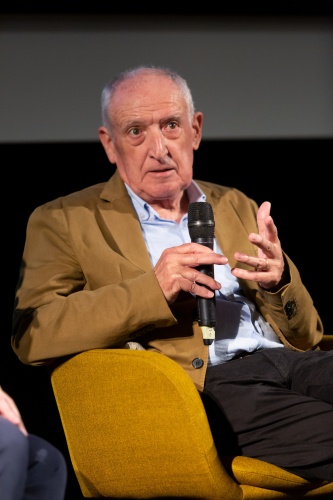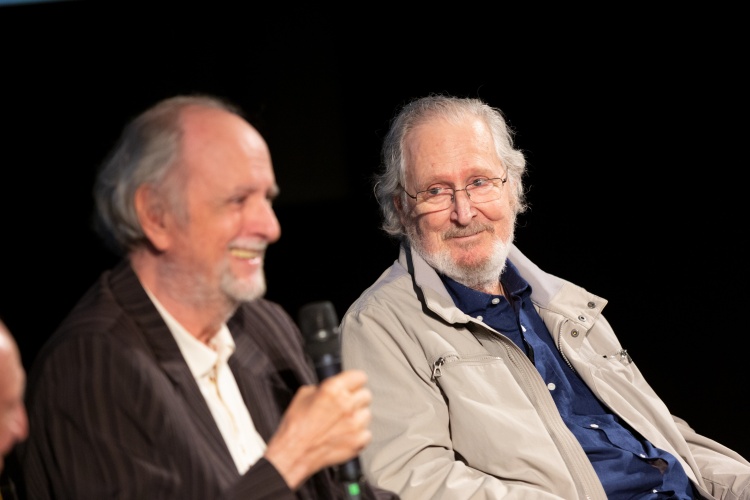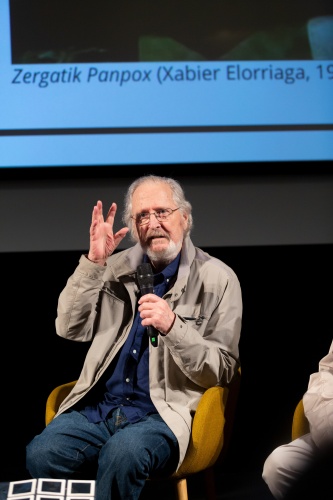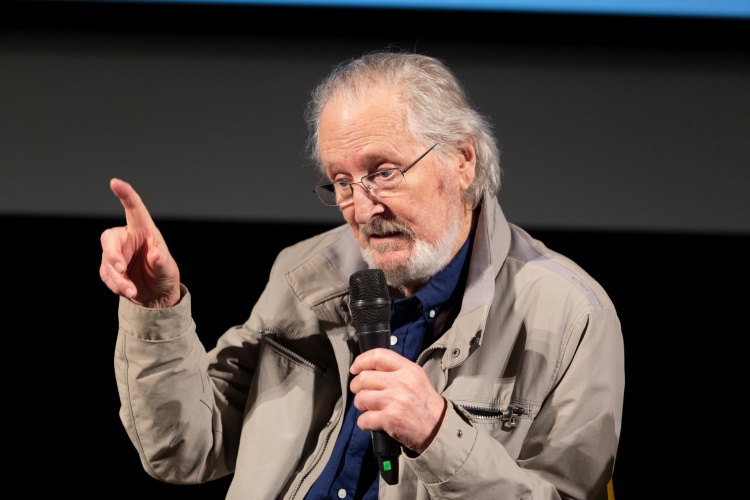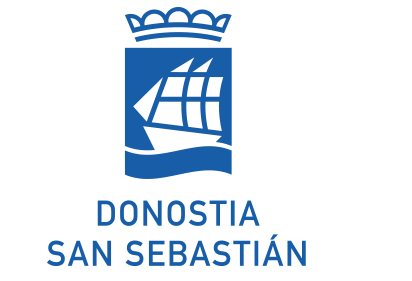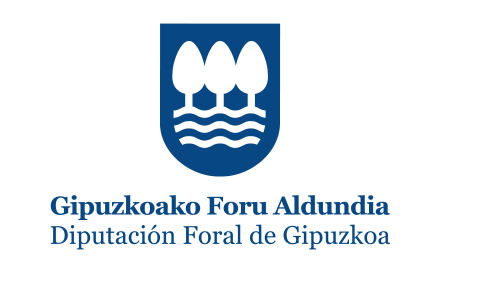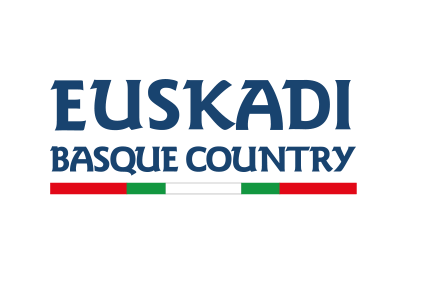The Basque Government, with a budget of 80,000 euros, finances the restoration of the medium-length films Hamaseigarrenean aidanez (Anjel Lertxundi, 1985), Ehun metro (Alfonso Ungría, 1985), Zergatik panpox (Xabier Elorriaga, 1985) and Oraingoz izen gabe (José Julián Bakedano, 1986) through the Basque Film Archive and EITB. The restoration work is being carried out at the L'Immagine Ritrovata laboratories in Bologna and will show in the San Sebastian Festival’s Klasikoak section in September. In 1985, the first three films represented the first project completely financed by the Basque Government with a view to promoting films in Basque language.
The restoration project presented in Tabakalera was attended by Ibone Bengoetxea (Minister of Culture and Language Policy and First Vice-President of the Basque Government), Joxean Fernández (Director of the Basque Film Archive), Vanesa Fernández (Director of Culture and the Basque Language at EITB), José Luis Rebordinos (Director of the San Sebastian Festival) and the directors of the films Anjel Lertxundi, Alfonso Ungría, Xabier Elorriaga and José Julián Bakedano.

Ibone Bengoetxea, the Minister of Culture and Language Policy and First Vice-President of the Basque Government, opened the presentation. In her speech, she emphasised “the importance of institutional collaboration and a resolute dedication to Basque cultural heritage and cinema”. Basque language and culture need everyone’s support; they need solid commitments. The Basque language and Basque cinema are part and reflect our collective identity. Projects like today's give our past a future and ensure the survival of the Basque cinematic cultural heritage”.
In the words of Joxean Fernández, “this project of close inter-institutional collaboration, which paves the way for the future, involves four new works of restoration at the very highest level in the endeavour to bring the Basque film heritage into the digital era”. “It is also a recognition of some of our groundbreaking filmmakers in the field of the Basque language, a highlighting of our literature as a source of inspiration for our cinema and, finally, a fresh attempt to bring our cinematic classics into the international arena”, stressed the director of the Basque Film Archive.
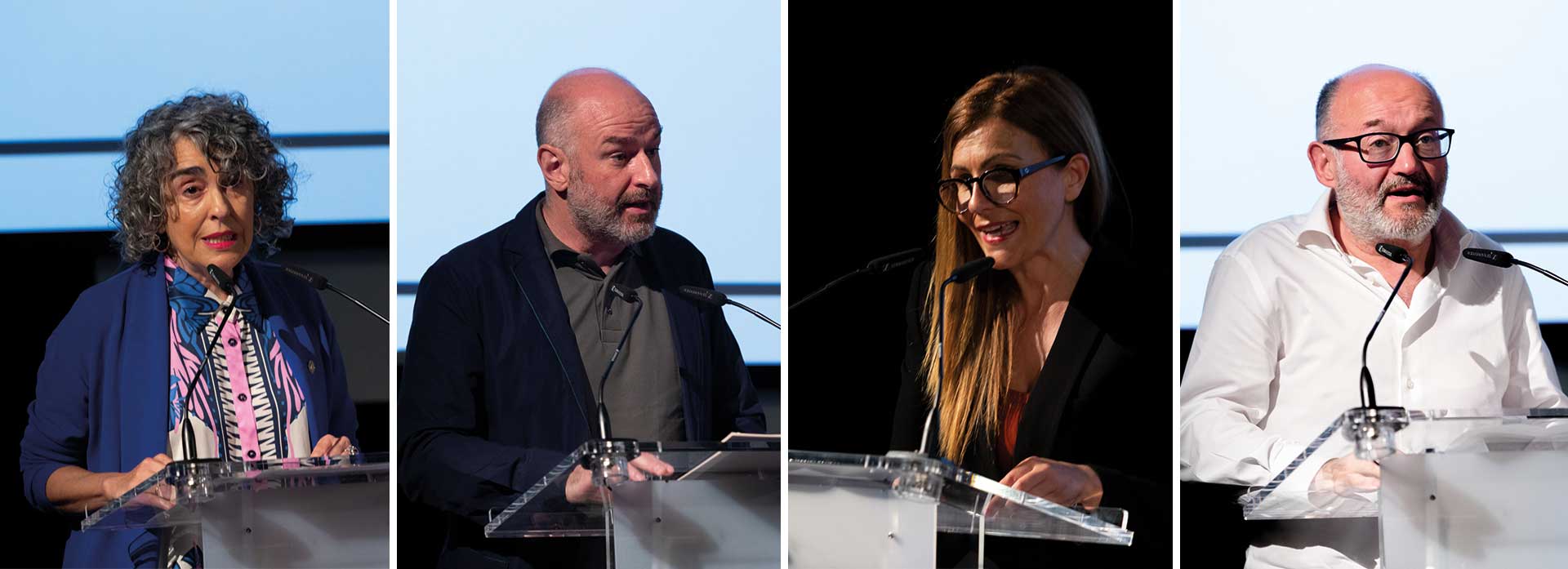
For her part, Vanesa Fernandez emphasized that this collaboration “reaffirms our commitment to the dissemination of Basque film heritage and transmitting the Basque language as pillars of our cultural identity”. In addition to taking part in the restoration, EITB will not only take part in the restoration but also record the process for the documentary Itzalak Argitzen (Berde Produkzioak and Koldo Almandoz): “almost 40 years after its premiere, the four directors will travel to Bologna to witness first-hand the work being carried out in the Italian laboratories. The documentary will accompany them as they travel with them through the real and fictitious spaces where the stories took place and will also document the restoration process with the Basque Film Archive staff”.
Finally, Jose Luis Rebordinos stated that the current situation of films in the Basque language is “vastly different to the way things were 40 years ago, and today the films shot in our language are increasingly more common and greater in number at festivals such as that of San Sebastian, where they compete with productions from all over the world”. He added that this is why the Festival wanted to “honour the work of this pioneering initiative and screen these four titles in the Klasikoak section”.
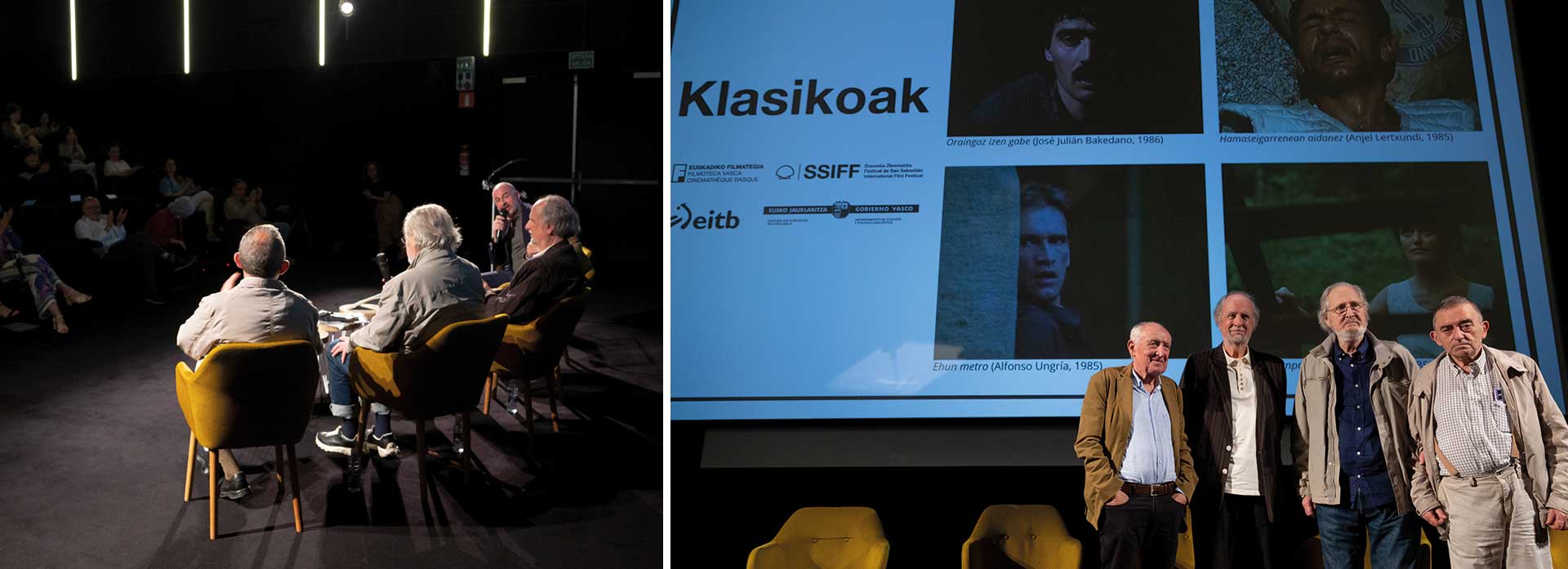
The directors of the films, who will travel to Bologna in the first week of July to supervise the restoration work, reflected their excitement. According to Alfonso Ungría, “restoration” is the “major work” of film archives, which are the “family home where the general public can find any film”.

For his part, Anjel Lertxundi recalled the “enormous steps” taken at that time in literature, music and theatre. “At one point in time, we also succeeded in bringing the cinema to the eyes of the Basque language”, he said.

Likewise, Xabier Elorriaga stressed that for him the restoration of Zergatik panpox means “returning to a project” to which he arrived with “practically no training as a screenwriter or filmmaker. And the results of this, some excellent, others fair and a few you’d rather forget, are most probably what will await me in Bologna”. “I will enjoy seeing the actors, hearing the words of Urretabizkaia and the music of Pascal Gaine and Amaia Zubiria, and seeing the locations, the landscape and the photography of Hans Burmann”, he added.

Lastly, José Julián Bakedano explained that Oraingoz izen gabe was “the effort of a Basque-speaking team to shoot a fictional tale in the Basque language with live sound and a British technical crew, and with successful results”.

Four medium-length films and their restoration
Hamaseigarrenean aidanez, Ehun metro and Zergatik panpox are based on novels of the same name by Anjel Lertxundi, Ramón Saizarbitoria and Arantxa Urretabizkaia, and were produced by Irati Filmak with a budget of 100 million pesetas, with the total amount being funded by the Basque Government’s Department of Culture. Referring to the medium-length movie helmed and produced by Bakedano, the screenplay of Oraingoz izen gabe was penned by Bernardo Atxaga, taking his inspiration from a short story by Jorge Luis Borges. The film premiered in the Zabaltegi section of the San Sebastian Festival in 1987.
The restoration of the four films started with the original 35mm negatives stored at the Filmoteca Española and the Basque Film Archive. The photochemical material will be cleaned and mechanically prepared for its conversion to digital format. During a second stage, the imperfections accumulated over the years will be rectified, always with the focus on maintaining the authentic nature of the original archive. The next step will be to correct the colour and the sound. The work, to be completed in August, will have enjoyed the supervision of technical personnel from the Filmoteca and the backing of the Basque Government.
It’s 8 in the morning one summer in the early 70s. Ion, an ETA activist, runs for his life through San Sebastian’s Old Town with the police hot on his heels. The city is coming to life, and people are going about their usual routine. As he runs, Ion looks back at the story of his life. His memories of school, where he was forced to renounce his identity, alternate with the look in his father’s eyes and the figure of Madeleine.
Domingo lives for gambling. He takes bets at rowing boat races, pelota courts and the squares where all sorts of competitions are held. But it’s also an obsession that pushes him to take risks, always in cahoots with his cowardly and cynical sidekick, Kornelio. The loneliness of his wife Marcelina reveals the other side of a tale where tragedy could strike at any time.
Based on the novel of the same name by Arantxa Urretabizkaia, the film follows the life of a 30 year-old married woman and her son. The protagonist asks herself what drove her husband, Txema, to leave her alone with their child. Internal monologues serve to explore subjects such as motherhood, loneliness and everyday routine in the Basque society of the late 70s.
Manuel narrates his peaceful life with his brother Ramón until the arrival of a prostitute turns everything on its head. Esther’s presence sparks tension and conflict between the siblings until things come to a tragic end. The film explores family relations and repressed emotions in a rural environment.
